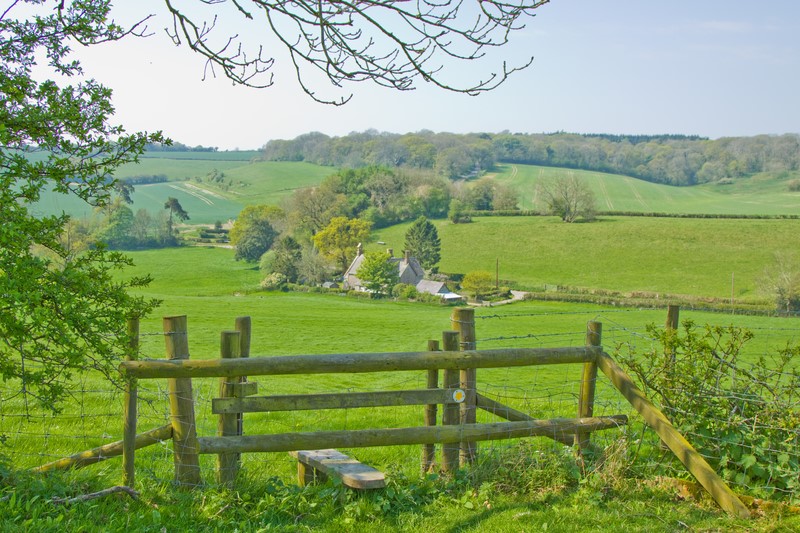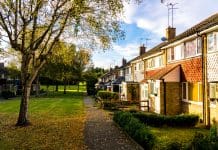New government data has revealed that despite promising signs of an increase in brownfield development, greenfield land is still being lost to housing development at an unnecessary rate
The amount of farmland, forests, gardens and greenfield land lost to housing development each year has increased by 58% over the past 4 years, according to an analysis by the Campaign to Protect Rural England (CPRE).
CPRE’s analysis of an annual report highlighting changes in land use, published by the Ministry for Housing, Communities and Local Government on 31 May, identifies that the area of ‘non-previously developed land’ lost to housing annually has been steadily rising, from 2,105 hectares of land in 2013, to 3,332 hectares of land in 2017.
This alarming loss of countryside to housing is taking place despite an encouraging increase in the proportion of housing development taking place on brownfield land. Previously, Government data highlighted a worrying decrease in the proportion of land developed for housing that was brownfield, which down to 28% in 2016, from 41% in 2013. However, last year’s data shows that the proportion of land used for housing had increased to 44% brownfield, back to levels similar to 2013.
This increase in brownfield development reflects positive steps that Government has taken to boost better use of suitable previously developed land following successful campaigning by CPRE since the introduction of the National Planning Policy Framework (NPPF) in 2012, which removed the former ‘brownfield first’ policy from the planning rulebook.
However, much more needs to be done. Government planning policy still encourages housing development on greenfield sites, at wastefully low densities. These Government statistics show that greenfield sites are being developed at an average of just 26 homes per hectare – less than the minimum density of dwellings required by previous planning policy (30 homes per hectare), and even brownfield sites are only being developed at 40 homes per hectare.
The rapid concreting over of the countryside has been propelled by a market-driven rhetoric, with the government opting for a build-more-at-any-cost approach, which has led to low-density unaffordable homes being built on our green spaces that will not help solve the worsening housing crisis. It also shows that the government is failing to deliver its own commitments to the United Nations Sustainable Development Goals.
Rebecca Pullinger, Planning Campaigner at the Campaign to Protect Rural England said:
“Whilst the increase in the proportion of development taking place on brownfield land is promising, the lack of reduction in greenfield development is alarming news for those who love the countryside. Developers are still able to force through land-hungry, greenfield development even when brownfield options exist, often only benefitting their own profits.
“Without a clear, national policy that empowers councils to refuse applications for housing on greenfield land where suitable brownfield options exist, our cherished countryside will continue to be ripped up at an alarming rate.
“Brownfield land is a renewable resource, with new sites constantly being brought forward. It is often quicker to develop than greenfield land, and the majority is in areas that people want to live, best suiting their lifestyle and needs. It also helps towards the regeneration of our towns and cities. It is a win-win for all.”
CPRE is calling for the introduction of an explicit policy in the revised National Planning Policy Framework that ensures suitable brownfield sites are developed before greenfield sites are released, and which prevents developers from ‘cherry-picking’ greenfield sites. More should be done to encourage councils to be proactive in identifying opportunities to provide new homes on brownfield sites and to use Brownfield Registers to bring suitable sites forward for development.














